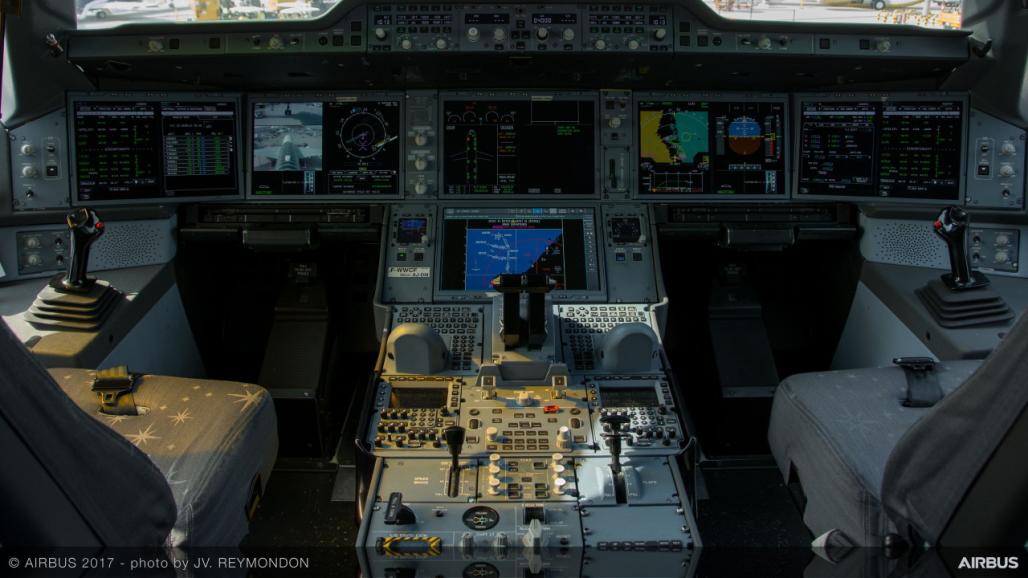In the 20th century the notion of putting high-resolution movie cameras capable of shooting at 60 frames per second and recording stereo sound into an aircraft cockpit, or on its wing, would have been laughable—and obviously dangerous.
But the development of digital action cameras, which can do all those things in a package about the size of a matchbox, changed all that. Now CASA has updated and clarified its guidance about safely mounting small cameras in aircraft.
There has been confusion about whether a small camera is an aircraft component or aeronautical product, and therefore subject to approved design provisions of the civil aviation regulations and civil aviation safety regulations (CAR/CASR).
A small camera is not considered an aircraft component or an aeronautical product if it is:
- not included in the approved design of the aircraft
- mounted in a way that does not affect the approved design of the aircraft
- not required equipment for the operation of the aircraft.
This means mounting a small camera in a way that does not affect the approved design of the aircraft is not maintenance of the aircraft.
The approved design of the aircraft would be affected by physical changes to a part of the aircraft, such as drilling holes. The approved design of the aircraft would not be affected by mounting inside the aircraft by means such as a suction cup or zip ties.
Under CAO 20.16.2, a small camera that meets the above criteria is cargo. It is therefore the operator and pilot in command’s responsibility to ensure that the camera is used, restrained and stowed so the safety of the aircraft is not adversely affected. You don’t need formal approval from CASA or a Part 21 design organisation for this.
The size of the camera is a relevant consideration for mounting and safe operation. The mass and dimensions of the camera will affect where you can put it and how you should secure it.
The clarification does not represent a free-for-all in mounting small cameras. Use of small cameras in aircraft comes under CASA’s operational regulations, and responsibility under the legislation lies with the pilot in command and the operator.
A sceptical and considered pondering of the question, ‘What’s the worst that could happen?’ should be first item on the checklist anytime a small camera is attached to the interior of an aircraft.




Comments are closed.